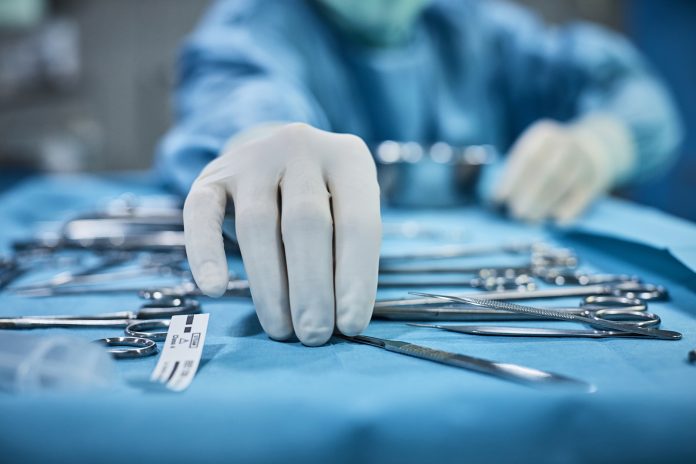Sometimes a simple discovery has priceless repercussions. One such discovery was the sterilization of surgical material, which became widespread after the publication of the treatise “Antiseptic principle of the practice of surgery” in the 19th century. Mortality in operations dropped from 45% to 9%. The end of that century also saw the development of the first autoclave, i.e., a device capable of sterilizing surgical instruments. That first model used a six-liter alcohol tank that subjected the tools to a steam bath in the manner of a pressure cooker. Today, autoclaves have advanced, but they still have something in common—the need for an energy source, usually based on electricity or fuel, which is not always available in rural areas. This is why the prototype autoclave with renewable energy developed by MIT and the Indian Institute of Technology could further democratize its use in disadvantaged regions.
The solar autoclave
The team of researchers has just unveiled a technology project that sterilizes exclusively using solar energy. With a comparatively simple design, the system is based on a transparent silica aerogel developed by researchers that offers outstanding thermal insulation capabilities. Instead of creating a customized device, the developers have used an off-the-shelf solar heater to which they have added insulation to reduce thermal losses. Besides, they have supplemented it with polished aluminum mirrors that direct sunlight onto a copper plate with an absorbent black paint coating and a series of tubes that channel the steam.
Under normal conditions, the system would only heat water, but thanks to advanced thermal insulation and mirrors, it is capable of generating steam. The water is gravity fed from a tank installed at the top, which, passing through the pipes, is converted into steam. Finally, the steam is fed into the autoclave chamber. For sterilization to be effective, the instruments must be kept in the steam bath at 125 ºC for at least thirty minutes. Tests carried out in Mumbai with the prototype show that it is possible to reach such temperatures during this time, even on days with 70% solar radiation.
A scalable model
The tests have been carried out with a small unit, but the researchers believe that a machine between one and three square meters in size could offer the performance required for professional use. Undoubtedly, once it reaches the commercial phase, the technology will be a first-rate ally for surgeons working in developing countries.
The main challenge will be silica aerogel production since current technology only allows manufacturing small quantities. However, once they overcome this hurdle, the equipment should not be costly. The prototype cost $40, and the researchers believe that the final model could be priced at $160 once the aerogel is commercially available. For now, their great achievement has been to produce high-temperature steam with a highly energy-efficient system.
If you want to learn more about other technological advances in the healthcare field, we recommend reading this article on innovative medical technologies.
Source: MIT




